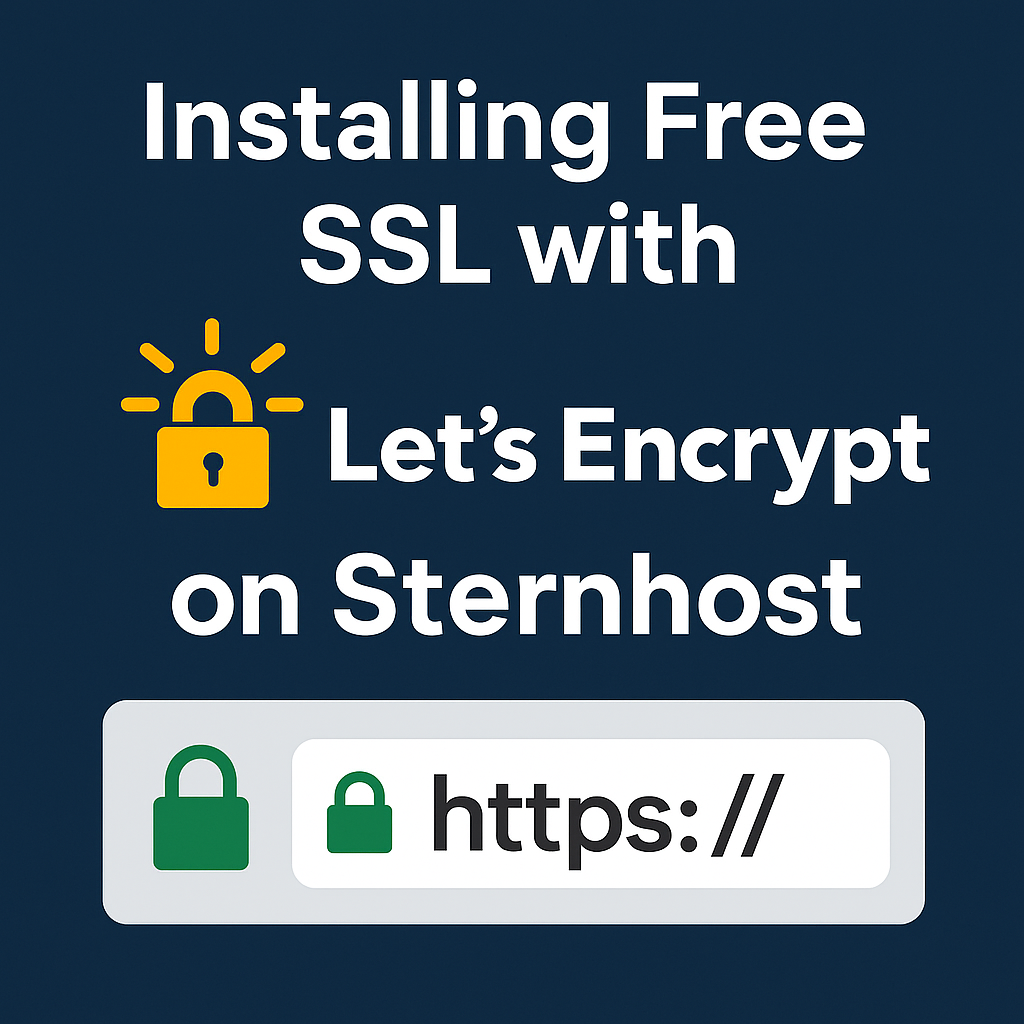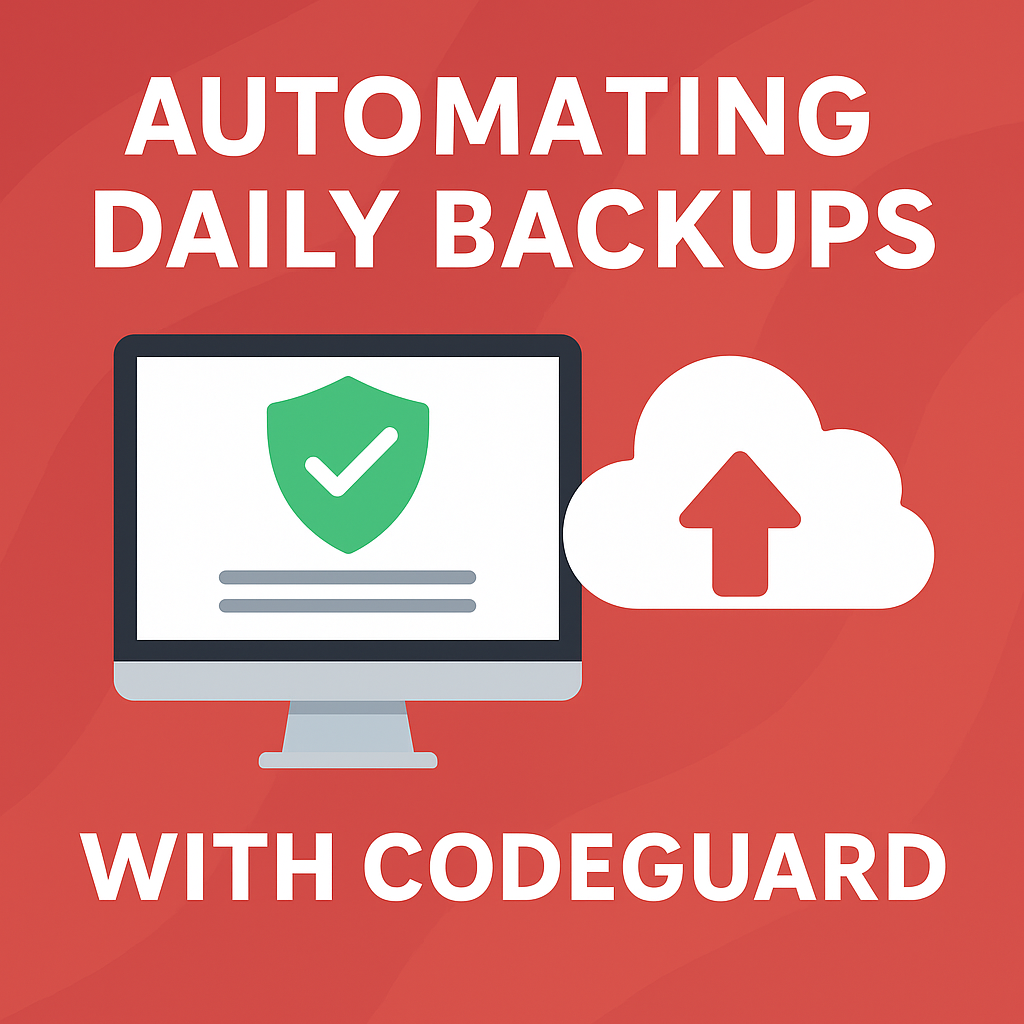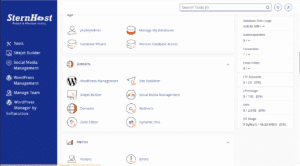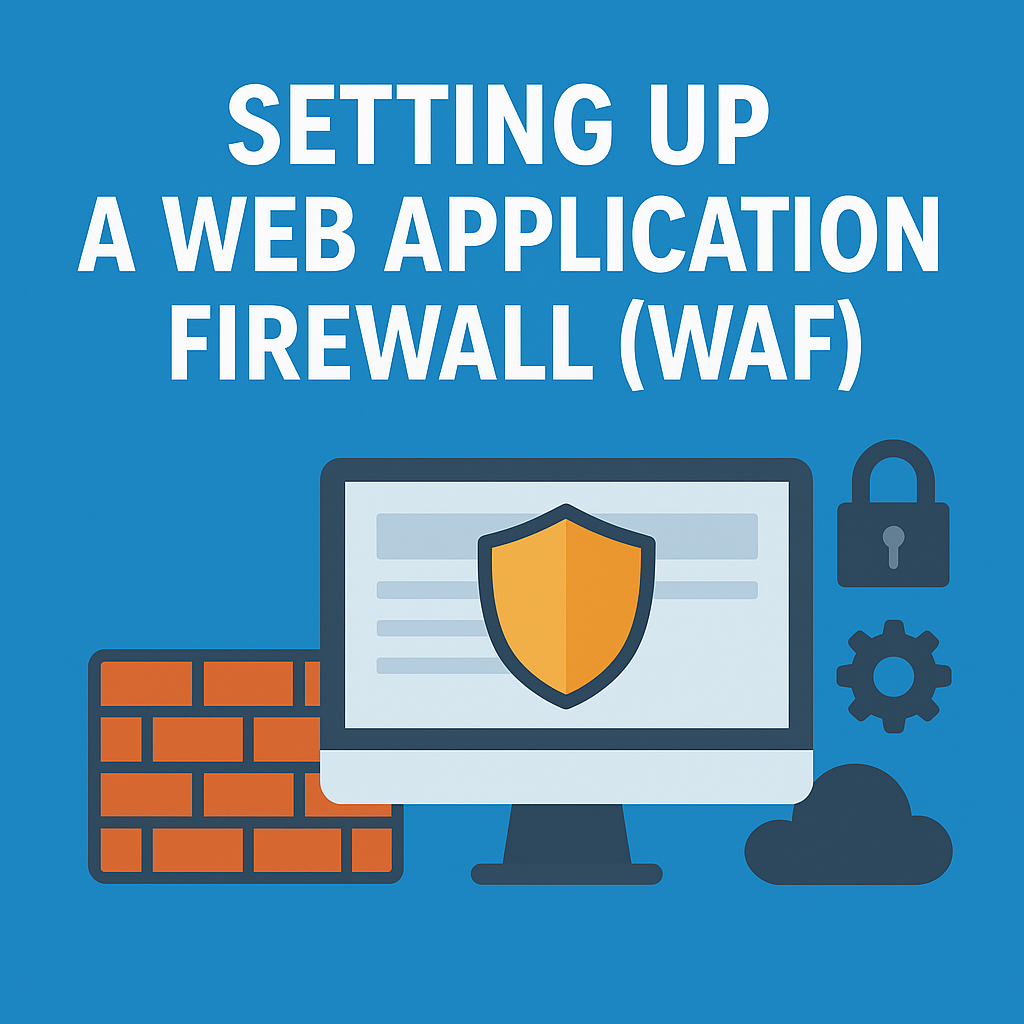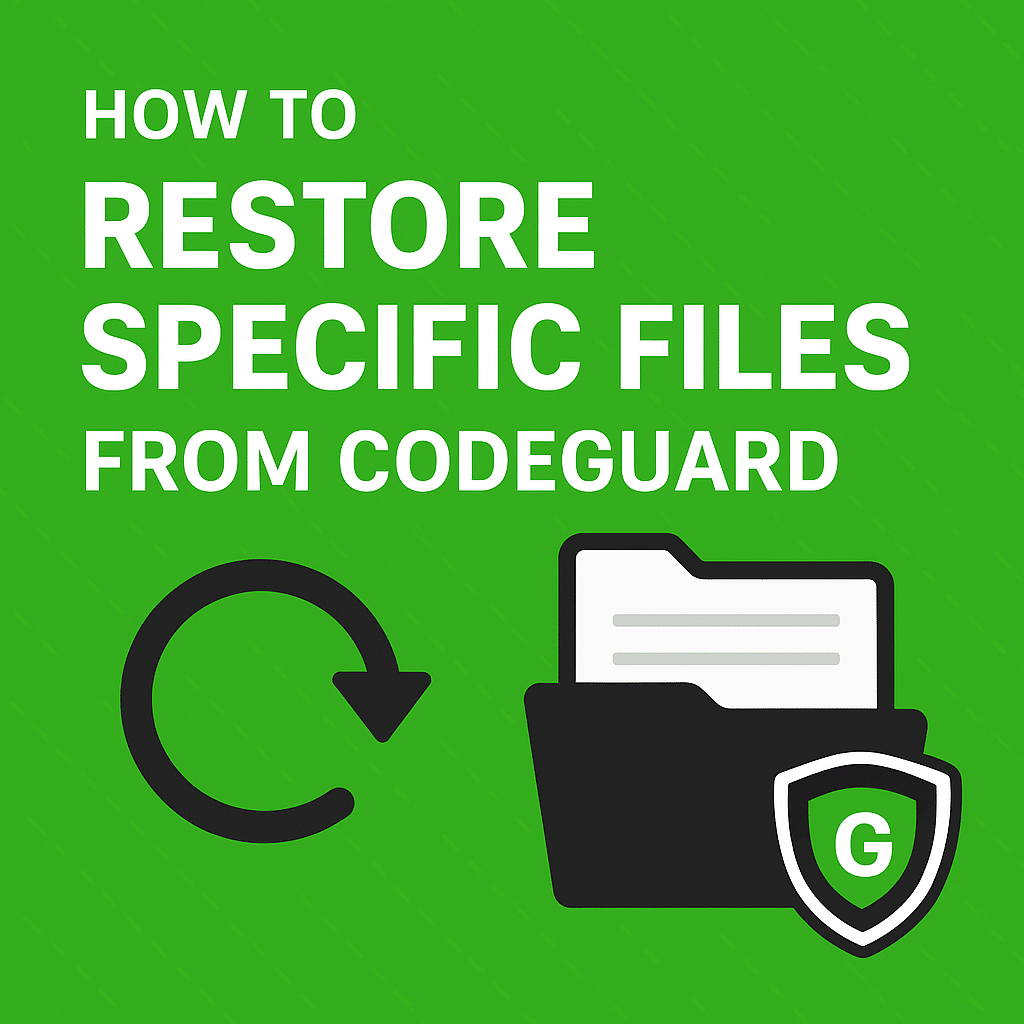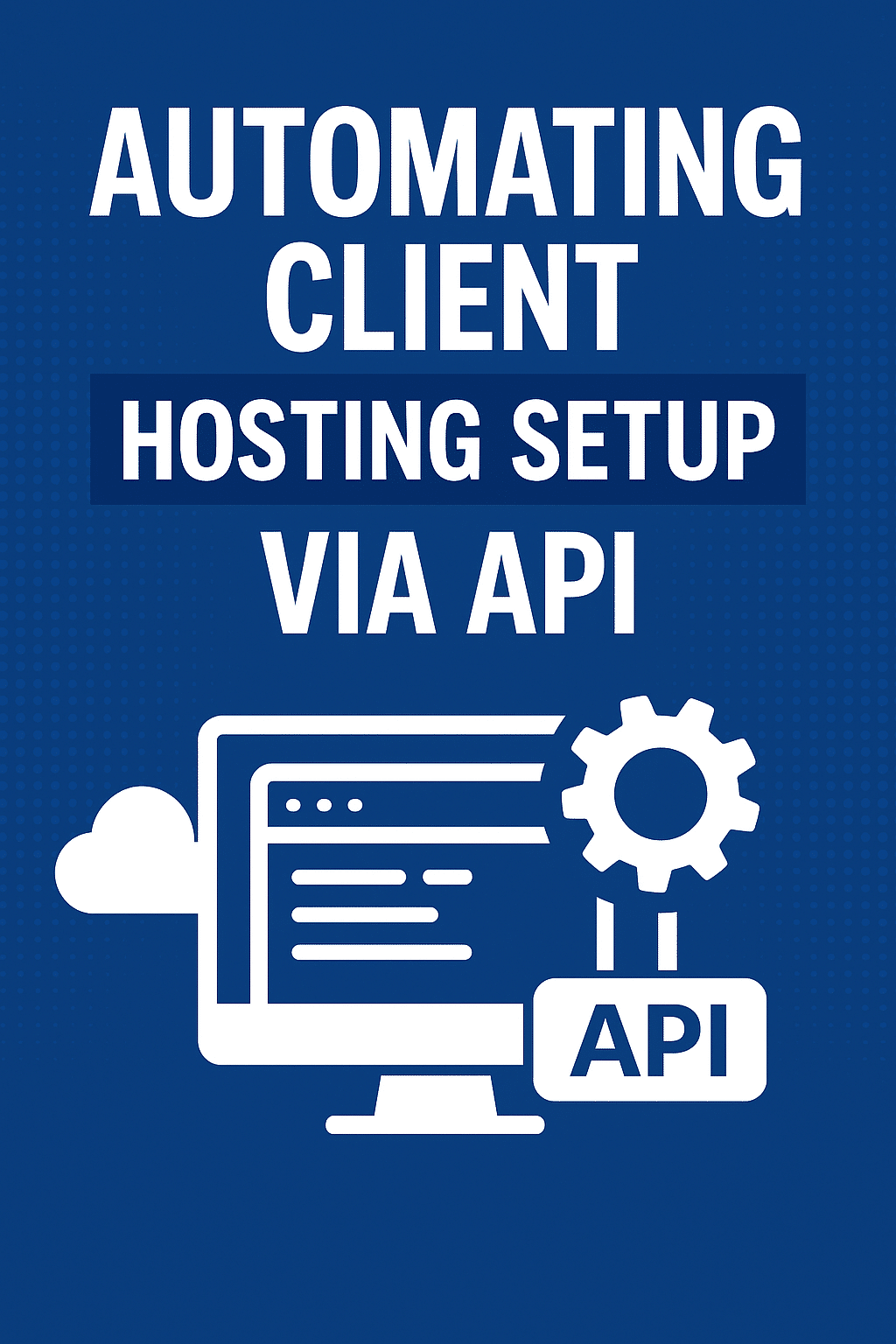Installing Free SSL with Let’s Encrypt on Sternhost
Website security is no longer optional—it’s essential. One of the easiest ways to protect your website visitors and boost your SEO ranking is by installing an SSL certificate. At Sternhost, we make it simple with free SSL integration through Let’s Encrypt. In this guide, we’ll show you how to install a free SSL certificate on your Sternhost hosting account.
Why SSL Matters
An SSL certificate (Secure Sockets Layer) ensures that data transmitted between your website and visitors is encrypted. This not only builds trust but also helps your site rank higher on search engines like Google. Without SSL, browsers may flag your website as “Not Secure,” discouraging potential visitors.
Key Benefits of SSL:
-
Encrypts sensitive information (e.g., passwords, payments)
-
Boosts SEO rankings
-
Increases customer trust
-
Eliminates browser security warnings
Step-by-Step Guide: Installing Free SSL on Sternhost
1. Log in to Your Sternhost Client Portal
-
Visit Sternhost Login.
-
Enter your account credentials to access your Client Dashboard.
2. Navigate to SSL/TLS Section in cPanel
-
From your hosting dashboard, click cPanel Access.
-
Under Security, find SSL/TLS Status.
3. Enable AutoSSL with Let’s Encrypt
-
Click Run AutoSSL.
-
Sternhost automatically uses Let’s Encrypt to generate a free SSL certificate.
4. Verify Installation
-
Once installed, check your website using
https://yourdomain.com. -
You should now see the secure padlock icon in the browser.
5. Force HTTPS (Optional but Recommended)
-
In cPanel, go to Domains → Force HTTPS Redirect.
-
Enable this option to ensure all traffic is redirected to HTTPS automatically.
Troubleshooting Tips
-
Propagation Delay: It may take a few minutes for SSL to go live.
-
Domain Issues: Ensure your domain is pointed correctly to Sternhost’s servers.
-
Expired SSL: Sternhost auto-renews Let’s Encrypt SSL certificates, so you never have to worry about expiry.
Why Choose Sternhost for SSL?
At Sternhost, we prioritize security and performance. Every hosting plan comes with free Let’s Encrypt SSL certificates, ensuring your website stays safe without extra cost.
👉 Check out our Web Hosting Plans to start hosting securely with Sternhost today.
Conclusion
Installing free SSL with Let’s Encrypt on Sternhost is fast, simple, and effective. Within minutes, you can secure your website, boost SEO, and build trust with your visitors—all without spending a dime.
Don’t risk your visitors’ security. Secure your website now with Sternhost Free SSL.








